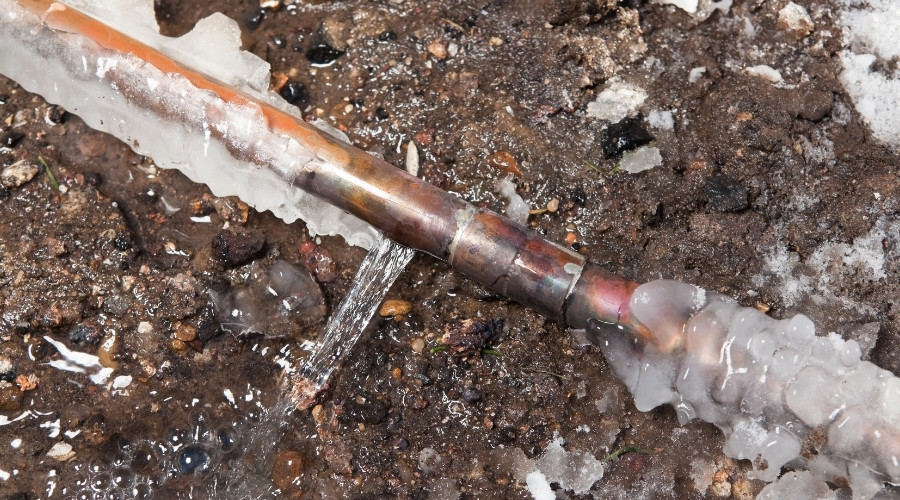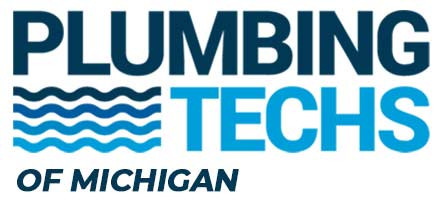How to Prevent Frozen Pipes This Winter
When temperatures plunge, plumbing systems face serious risks, from frozen pipes to costly water damage after a pipe bursts. Simple preventive steps taken before and during cold snaps can dramatically lower those risks. This post offers an overview of practical ways to protect plumbing during colder temperatures, focusing on pipe insulation, consistent indoor heating and cabinet access, and proper winterization of every outdoor faucet.
Insulate the Pipes
 One of the most effective defenses against frozen pipes is proper pipe insulation. Pipes running through unconditioned areas—such as attics, crawl spaces, unfinished basements, and garages—are especially vulnerable to freezing pipes because those spaces generally stay much colder than the living areas. When water inside these pipes freezes, it expands, which can create enough pressure to cause a pipe burst and significant water damage.
One of the most effective defenses against frozen pipes is proper pipe insulation. Pipes running through unconditioned areas—such as attics, crawl spaces, unfinished basements, and garages—are especially vulnerable to freezing pipes because those spaces generally stay much colder than the living areas. When water inside these pipes freezes, it expands, which can create enough pressure to cause a pipe burst and significant water damage.
Adding pipe insulation to exposed lines helps reduce heat loss and slows the rate at which water inside can freeze. Foam sleeves, fiberglass wraps, or specialized insulating tape can be used to insulate pipes of various sizes and materials. Extra attention should be given to pipes installed along exterior walls, near drafty windows, or around vents, where cold air is more likely to reach plumbing.
Taking time to insulate pipes that have frozen in previous winters is especially important. Pipe insulation not only helps defend against a burst pipe but can also help hot water lines maintain temperature better, reducing the wait time for warm water at fixtures. For older properties or those with a history of frozen pipes, thoughtful insulation upgrades can make a noticeable difference in reliability throughout the season.
Keep the Heat on and Open Cabinets
 Indoor heating plays a key role in protecting plumbing during cold weather. Maintaining a consistent thermostat setting helps keep interior spaces and the pipes within them above freezing. Large temperature swings—such as turning down the heat significantly at night or when the building is unoccupied—can increase the likelihood of freezing pipes, particularly in rooms over garages, near exterior corners, or in less-insulated additions.
Indoor heating plays a key role in protecting plumbing during cold weather. Maintaining a consistent thermostat setting helps keep interior spaces and the pipes within them above freezing. Large temperature swings—such as turning down the heat significantly at night or when the building is unoccupied—can increase the likelihood of freezing pipes, particularly in rooms over garages, near exterior corners, or in less-insulated additions.
Another simple yet powerful strategy is opening cabinet doors that conceal plumbing. Cabinets under kitchen and bathroom sinks often surround pipes on or near exterior walls. When cabinet doors are closed, cold air can become trapped inside these spaces, making pipes more susceptible to freezing. Leaving the doors open allows warm air from the rest of the room to circulate through the pipes, reducing the chance that standing water inside will solidify and lead to a pipe burst.
Combining consistent indoor heating with open cabinets and existing pipe insulation provides multiple layers of protection. Regular heating system maintenance also supports this approach by helping equipment run dependably during the coldest stretches, when plumbing is under the most stress and the risk of frozen pipes is highest.
Winterize Outdoor Faucets
Outdoor plumbing fixtures are often the first components to freeze when temperatures drop, so properly winterizing each outdoor faucet is essential. The process begins with disconnecting any attached garden hoses or accessories. Hoses should be fully drained of water and stored indoors so trapped water cannot freeze and push pressure back into the faucet or connected pipes.
Next, the indoor shut-off valve that supplies each outdoor faucet should be turned off, if one is present. After closing this valve, open the outdoor faucet to drain any remaining water from the line. Allowing that water to escape helps prevent trapped pockets from freezing and expanding inside the pipe. Leaving the faucet slightly open after draining provides a small amount of room for any residual water to expand without causing damage.
As a final protective step, each outdoor faucet should be covered with an insulating cover designed for cold weather. These covers help shield the fixture from direct wind and frigid air, further reducing the chance of freezing. When hoses are removed, supply valves turned off, lines drained, and every outdoor faucet properly insulated, the entire plumbing system gains important protection against winter-related damage and unexpected leaks.
By insulating vulnerable pipes, maintaining steady indoor heat, opening cabinets, and thoroughly winterizing outdoor fixtures, property owners can significantly reduce the risk of frozen pipes, pipe bursts, and expensive water damage during cold weather.
About Plumbing Techs
Plumbing Techs provide the latest technology in plumbing services to the communities of Oak Park and beyond. They offer free estimates and a fast response to all your plumbing needs. Call them today for sewer line repair in Oak Park, MI.



